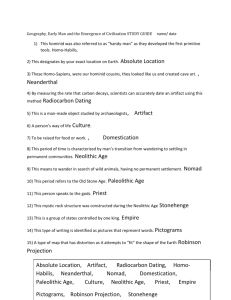

Indeed, health professionals have long considered conventional mapping, and more recently geographic information systems (GIS), as critical tools in tracking and combating contagion. Īs with the original SARS-CoV epidemic of 2002/2003 and with seasonal influenza, geographic information systems (GIS) and methods, including, among other application possibilities, online real- or near-real-time mapping of disease cases and of social media reactions to disease spread, predictive risk mapping using population travel data, and tracing and mapping super-spreader trajectories and contacts across space and time (see, as an example, the first diagram in ), are proving indispensable for our timely understanding of the new disease source, dynamics and epidemiology, and in shaping our effective response to it. On 30 January 2020, the World Health Organization (WHO) declared that the new SARS-CoV-2 coronavirus outbreak constitutes a Public Health Emergency of International Concern (PHEIC). While MERS took about two and a half years to infect 1000 people, and SARS took roughly 4 months, the novel SARS-CoV-2 reached that figure in just 48 days. In December 2019, a new virus (initially called ‘Novel Coronavirus 2019-nCoV’ and later renamed to SARS-CoV-2) causing severe acute respiratory syndrome (coronavirus disease COVID-19) emerged in Wuhan, Hubei Province, China, and rapidly spread to other parts of China and other countries around the world, despite China’s massive efforts to contain the disease within Hubei.Ĭompared to the 2002/2003 SARS-CoV and the 2012–2014 MERS-CoV (Middle East Respiratory Syndrome-related coronavirus), the COVID-19 coronavirus spread strikingly fast. We also discuss additional ways GIS can support the fight against infectious disease outbreaks and epidemics. Some of these dashboards and applications are receiving data updates in near-real-time (at the time of writing), and one of them is meant for individual users (in China) to check if the app user has had any close contact with a person confirmed or suspected to have been infected with SARS-CoV-2 in the recent past. This paper offers pointers to, and describes, a range of practical online/mobile GIS and mapping dashboards and applications for tracking the 2019/2020 coronavirus epidemic and associated events as they unfold around the world.


As with the original SARS-CoV epidemic of 2002/2003 and with seasonal influenza, geographic information systems and methods, including, among other application possibilities, online real-or near-real-time mapping of disease cases and of social media reactions to disease spread, predictive risk mapping using population travel data, and tracing and mapping super-spreader trajectories and contacts across space and time, are proving indispensable for timely and effective epidemic monitoring and response.

In December 2019, a new virus (initially called ‘Novel Coronavirus 2019-nCoV’ and later renamed to SARS-CoV-2) causing severe acute respiratory syndrome (coronavirus disease COVID-19) emerged in Wuhan, Hubei Province, China, and rapidly spread to other parts of China and other countries around the world, despite China’s massive efforts to contain the disease within Hubei.


 0 kommentar(er)
0 kommentar(er)
